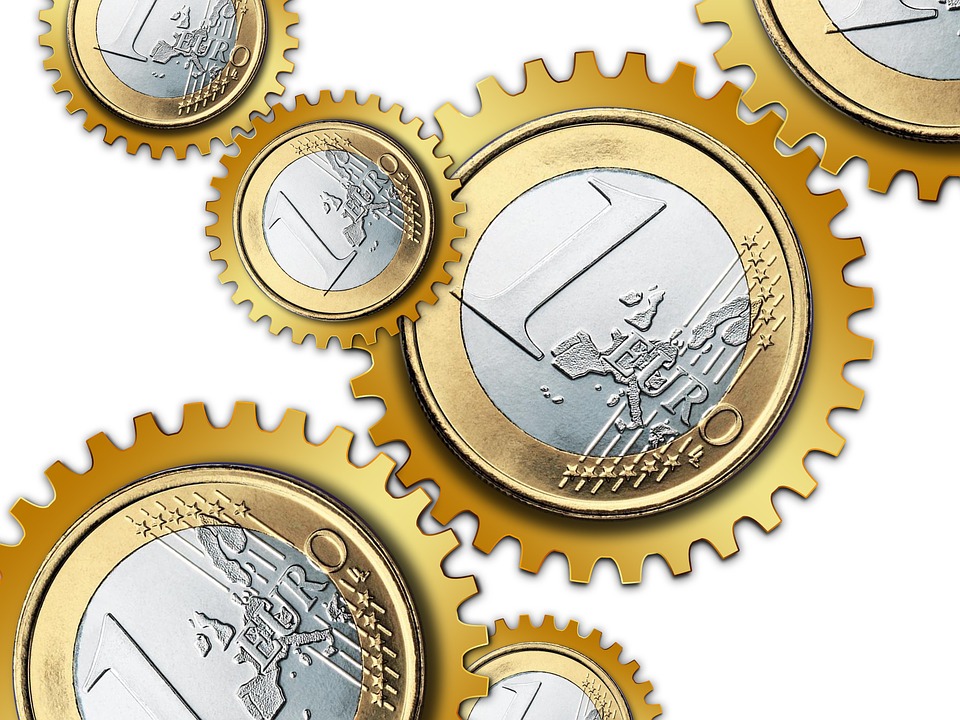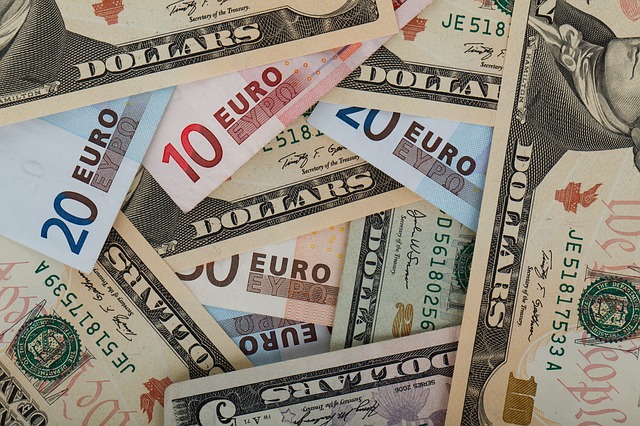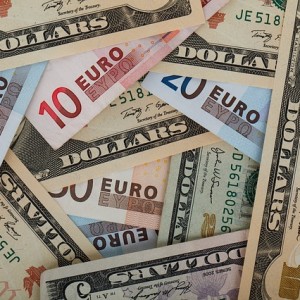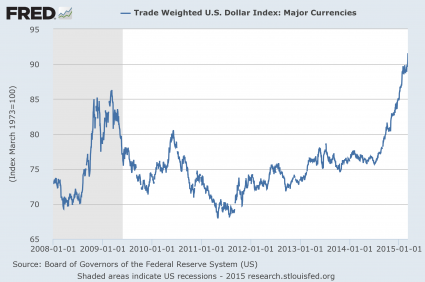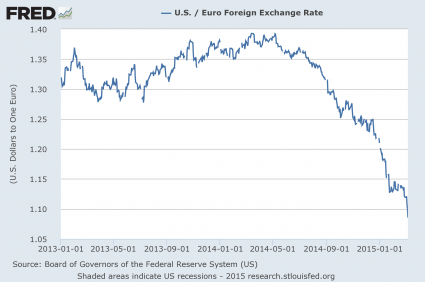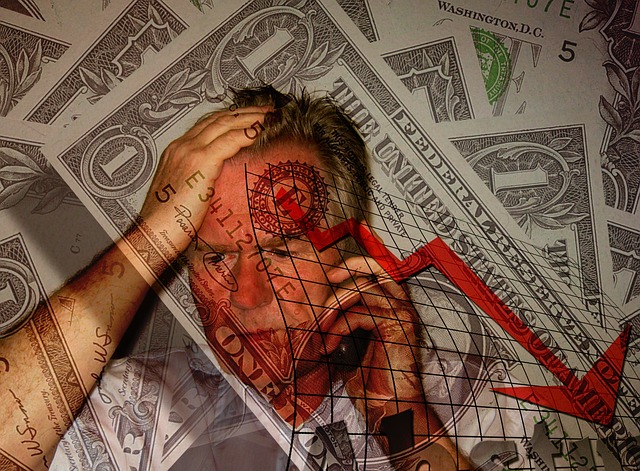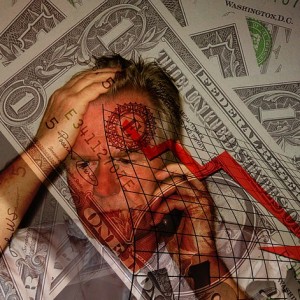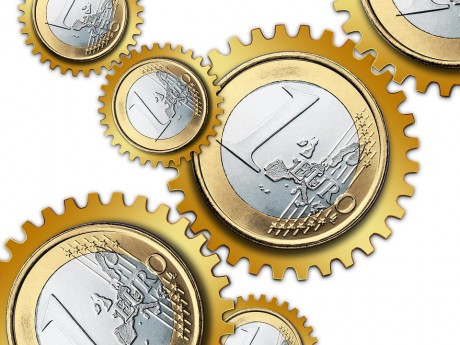 The collapse of the euro is accelerating, and it looks like we could be staring a major European financial crisis right in the face early in 2017. On Thursday, the EUR/USD fell all the way to $1.0366 at one point before rebounding slightly. That represents the lowest that the euro has been relative to the U.S. dollar since January 2003. Ever since 2011, I have been relentlessly warning that the euro is heading for parity with the U.S. dollar. When the EUR/USD was trading at about $1.40 that must have seemed like crazy talk, but I never wavered. I just kept warning people that the euro was going to weaken greatly relative to the U.S. dollar. Here is one example from March 2015: “How many times have I said it? The euro is heading to all-time lows. It is going to go to parity with the U.S. dollar, and then it is eventually going to go below parity.” After Thursday, we are almost there, and once we do hit parity that is going to be a sign that all sorts of chaos is about to erupt in Europe.
The collapse of the euro is accelerating, and it looks like we could be staring a major European financial crisis right in the face early in 2017. On Thursday, the EUR/USD fell all the way to $1.0366 at one point before rebounding slightly. That represents the lowest that the euro has been relative to the U.S. dollar since January 2003. Ever since 2011, I have been relentlessly warning that the euro is heading for parity with the U.S. dollar. When the EUR/USD was trading at about $1.40 that must have seemed like crazy talk, but I never wavered. I just kept warning people that the euro was going to weaken greatly relative to the U.S. dollar. Here is one example from March 2015: “How many times have I said it? The euro is heading to all-time lows. It is going to go to parity with the U.S. dollar, and then it is eventually going to go below parity.” After Thursday, we are almost there, and once we do hit parity that is going to be a sign that all sorts of chaos is about to erupt in Europe.
For years, so many people that write about our coming economic problems have been proclaiming that the death of the U.S. dollar is imminent.
But I have always taken a different approach. I have always maintained that the collapse of the euro comes first, and that the death of the U.S. dollar happens some time later.
So many people have wanted to get rid of all of their dollars in anticipation of the coming crisis, but that is a huge mistake.
First of all, without exception everyone needs an emergency fund that can cover at least six months of expenses in case there is a job loss, a health emergency or all hell breaks loose for some reason.
Secondly, cash is going to be king during the initial stages of the coming crisis. Later on the U.S. dollar will rapidly lose value, but at first it will pay to have significant amounts of cash available to you.
Most people out there seem to think that a strong dollar is great news and that it is a sign of good things to come under Donald Trump.
But the truth is that an overly strong U.S. dollar is actually very bad news for the global economy.
For the U.S., a strong dollar hurts our exports and tends to drag down our GDP.
For the rest of the world, a strong dollar makes it more expensive to borrow money. The economic boom in the developing world following the last financial crisis was fueled by mountains of cheap dollars that were borrowed at ultra-low interest rates. But now the U.S. dollar is surging and interest rates are spiking, and that is starting to cause major problems.
It now takes much more local currency to pay back those dollar-denominated loans that were made in emerging markets during the boom times. If the U.S. dollar continues to rise we are going to see a staggering number of defaults, and a credit crunch in many areas of the globe seems inevitable at this point.
Of course the big thing to keep an eye on over the coming weeks is the rapidly unfolding crisis in Italy. The Italians have the 8th largest economy on the entire planet, and we are in the process of watching their entire banking system completely implode.
In fact, their third largest bank is in imminent danger of collapse, and according to Reuters this could trigger “a wider banking and political crisis in Italy”…
Italy’s government is ready to pump 15 billion euros into Monte dei Paschi di Siena (BMPS.MI) and other ailing banks, sources said, as the country’s third-largest lender pushes ahead with a private rescue plan that is widely expected to fail.
The world’s oldest bank has until Dec. 31 to raise 5 billion euros ($5.2 billion) in equity or face being wound down by the European Central Bank, potentially triggering a wider banking and political crisis in Italy.
If needed, the government will pump 15 billion euros into the Siena-based lender and several other smaller banks to prevent that, two sources close to the matter said on Thursday.
This is so much more serious than the ongoing economic depression in Greece.
Greece is just the 44th largest economy on the planet, and we saw how much trouble Europe had trying to bail them out.
So what is the rest of Europe going to do when financial collapse hits Italy?
Here in the United States very few people are interested in hearing about a “global financial crisis” right at this moment, because in the aftermath of the election most people are feeling really good about where things are heading. Just consider the following three facts that I pulled out of a Bloomberg article…
#1 “The National Association of Homebuilders’ index of sentiment soared to an 11-year high in December, despite the sizable rise in bond yields since the election.”
#2 “The University of Michigan’s December index of consumer confidence also continued its upward post-election trend, rising to 98. A sub-index that tracks respondents’ opinion of the government’s economic policies spiked to levels not seen since 2009.”
#3 “The National Federation of Independent Businesses’ index of optimism among small businesses posted its sharpest surge since 2009 in November to reach 98.4. An expected improvement in business conditions among small business owners surveyed after Nov. 8 was the largest contributor to the improvement in the headline print.”
Hopefully happy days will stick around for a while.
But it won’t last forever.
As I have warned so many times, the coming crisis is going to hit Europe first, and the United States will join the party not too long after.
And a key marker that we have been watching for is almost here. The euro is going to hit parity with the U.S. dollar just like I have been warning, and once that takes place expect events to start accelerating significantly.
